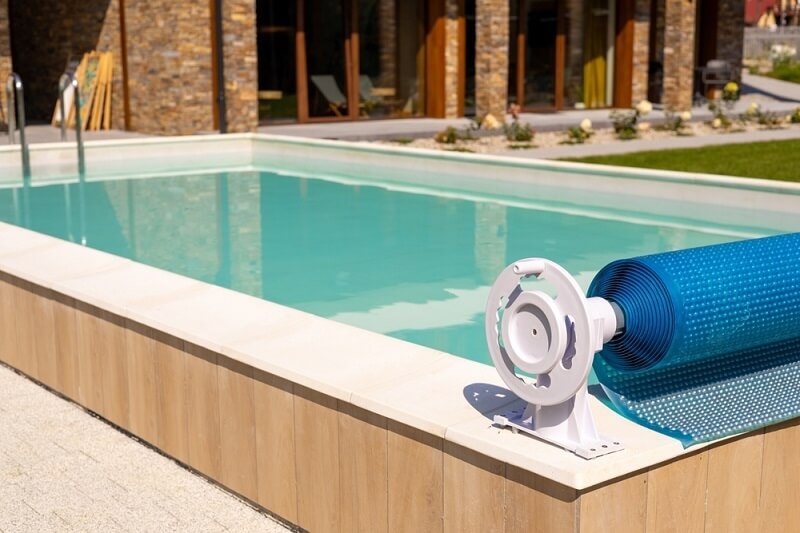Personal Property Coverage: Safeguard Your Belongings
Personal Property Coverage: Safeguard Your Belongings


When it comes to protecting yourself, your family, and your possessions, it's essential to think about personal property coverage. From furniture to electronics, jewelry to clothing, and even household items, you want to make sure you're adequately insured in the event of a disaster or theft. In this blog post, we'll discuss the importance of personal property coverage, the different types available, and what you should look for in a policy.
Understanding a Personal Property Coverage

Personal property coverage is a type of insurance policy designed to protect your possessions from unexpected events such as theft, fire, and damage. Depending on the policy, it can also cover items that you take with you outside of the home, such as jewelry, electronics, and other valuables.
Typically, personal property coverage is included in many homeowner's insurance policies. It can also be purchased as a standalone policy, which is often more comprehensive than a standard home insurance policy.
Importance of a Personal Property Coverage
Personal property coverage is an important part of any insurance portfolio. It ensures that, if a disaster or theft occurs, youll be able to replace or repair your belongings. Without personal property coverage, you would be left to pay for any losses out of pocket.
Having personal property coverage also gives you peace of mind. No one likes to think about the possibility of their possessions being damaged or stolen, but its important to protect yourself in case it happens.
Types of Personal Property Coverage
There are several different types of personal property coverage available. The type of coverage you choose depends on the items you wish to insure and the level of coverage you need.
One of the most common types of personal property coverage is standard coverage. This type of policy covers the basics, such as furniture, electronics, and clothing. It may also cover items outside of the home, such as jewelry and other valuables.
Another type of coverage is replacement cost coverage. This type of policy pays for the cost of replacing an item at todays prices, instead of the items depreciated value. This type of coverage is more expensive, but it ensures that youll be able to replace your items with newer models.
You may also want to consider additional coverage for high-value items, such as jewelry, artwork, and antiques. These items typically require a separate policy, as they can be expensive to replace.
Things to Consider in a Personal Property Coverage Policy
When shopping for personal property coverage, there are several things to consider. First, make sure the policy covers the items you wish to insure. If you have valuable items, such as jewelry or electronics, make sure the policy covers them.
You should also consider the deductible and the limits on the policy. The deductible is the amount you will have to pay out of pocket before the insurance company pays for a claim. The limits are the maximum amount the policy will pay for a claim. Make sure the policy has a deductible and limits that are within your budget.
Finally, make sure the policy covers additional living expenses if youre unable to live in your home due to a covered loss. This can include hotel stays, meals, and other expenses while youre displaced.
Personal Property Coverage Does Not Cover Everything
Its important to understand what is not covered by personal property coverage. Typically, personal property policies do not cover damage caused by floods, earthquakes, or routine wear and tear. They also dont cover intentional acts, such as vandalism.
If you want coverage for these types of events, you may need to purchase additional coverage. Your insurance provider can help you determine the coverage you need.
Filing a Claim

If you need to file a claim for personal property coverage, the process is relatively simple. First, youll need to make an inventory of the items that were damaged or stolen. This should include photos, descriptions, and receipts if possible.
Next, youll need to contact your insurance provider and explain the situation. They will likely ask for additional information, such as a police report if the items were stolen. Once they receive all the necessary information, they will review your claim and decide whether or not to cover it.
Saving on Personal Property Coverage
There are several ways to save on personal property coverage. First, make sure youre taking advantage of discounts. Many insurance providers offer discounts for bundling policies, having a home security system, and taking other safety precautions.
You should also shop around and compare quotes from different insurance providers. Prices can vary significantly, so it pays to shop around. Finally, consider increasing your deductible. A higher deductible can result in lower premiums.
Conclusion
A crucial component of any insurance program is personal property coverage. It guarantees that you will be able to replace or fix your possessions in the event of a calamity or theft. There are many different kinds of coverage available, so do your homework and select the plan that's best for you.
You may discover a personal property coverage insurance that matches your budget by taking the time to search around, compare estimates, and take advantage of discounts. Get the protection you require right away. Don't wait until it's too late.
This content was created by AI



